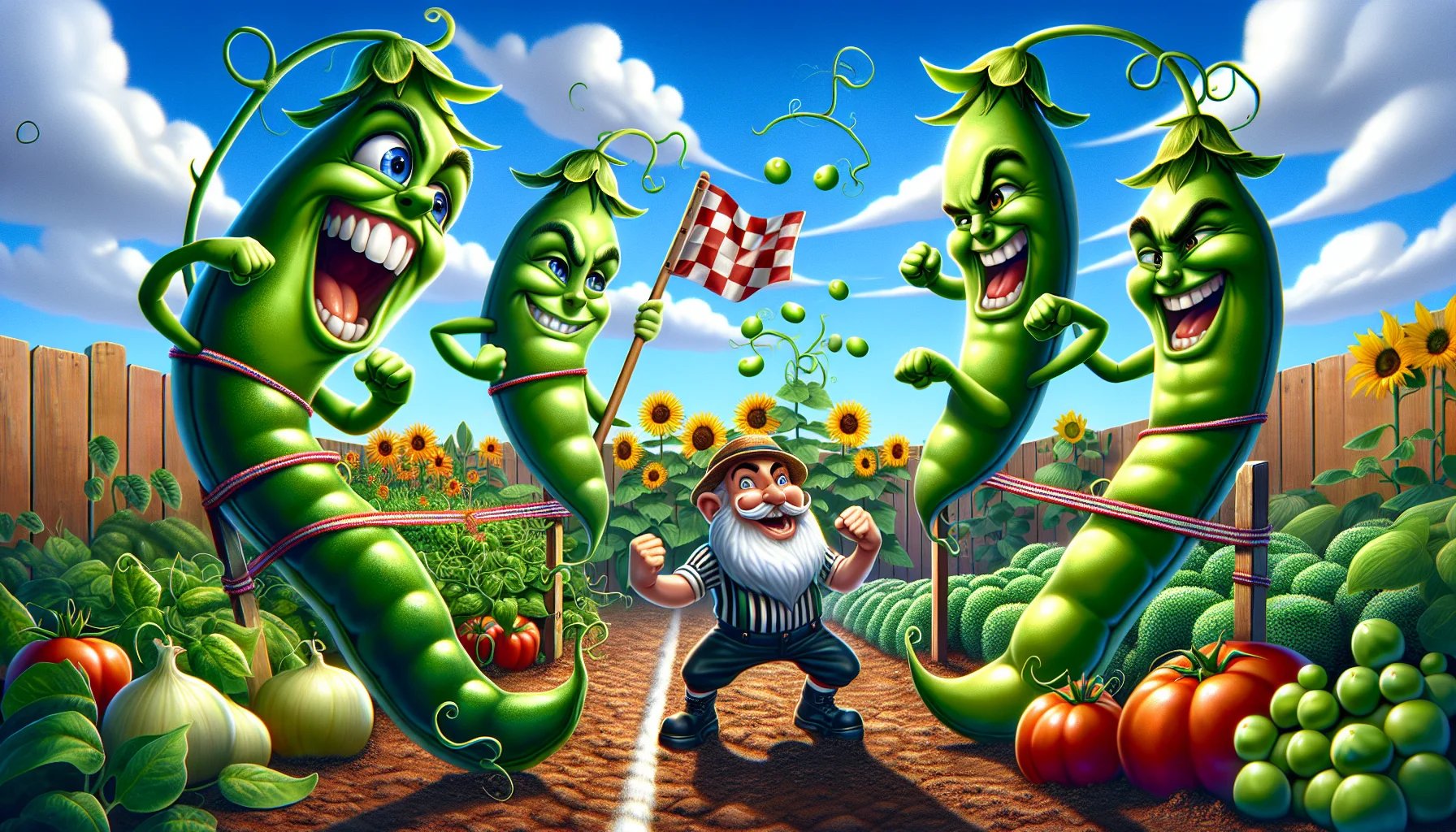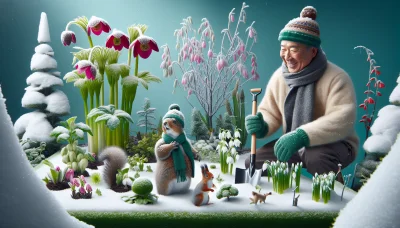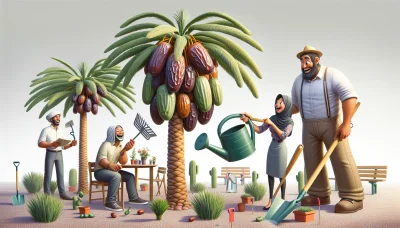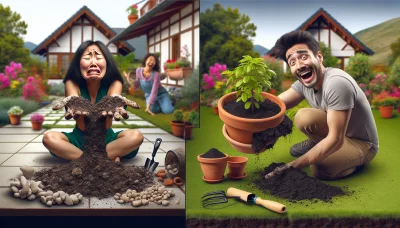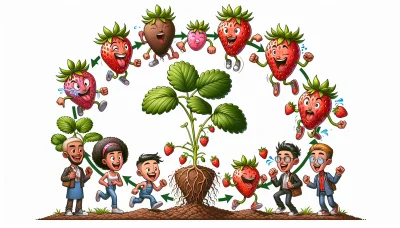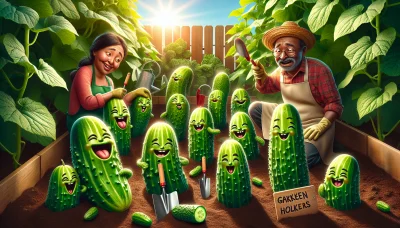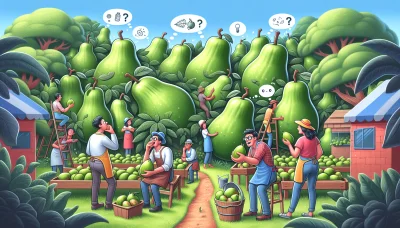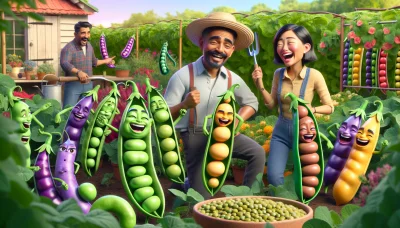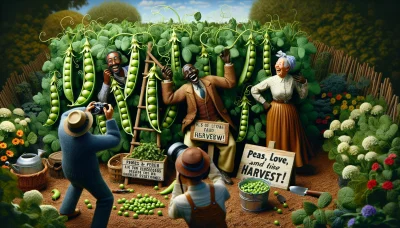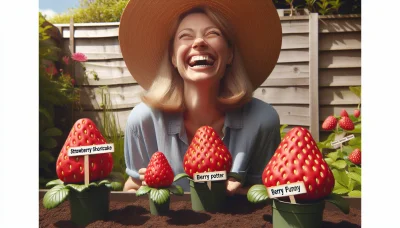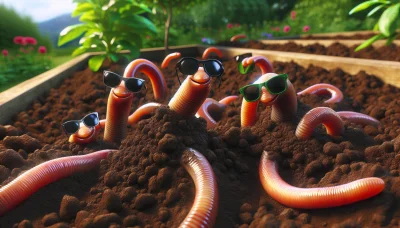Sweet peas vs green peas Quiz
Test Your Knowledge
Question of
Sweet Peas vs Green Peas: Understanding the Difference
When it comes to gardening, both sweet peas and green peas hold a place of importance for enthusiasts and professionals alike. However, despite their similar names, these plants are quite distinct from each other, not just in terms of their uses but also in their cultivation and nutritional profiles. This discussion aims to shed light on these differences, helping gardeners make informed decisions about which peas to plant in their gardens.
What Are Sweet Peas?
Sweet peas, known scientifically as Lathyrus odoratus, are one of the most beloved flowers in the gardening world due to their vibrant colors and intoxicating fragrance. Originating from the Mediterranean region, these annual plants have captivated gardeners and flower enthusiasts for centuries. Sweet peas grow as climbing plants, eagerly twining their tendrils around supports to reach towards the sunlight. They exhibit a wide range of colors, including shades of pink, purple, white, and red, making them a versatile choice for adding splashes of color to garden spaces.
When it comes to growth habits, sweet peas thrive in cool temperatures and are often planted in early spring. They prefer well-drained soil, ample sunlight, and regular watering. Providing a trellis or some form of support is essential for their climbing nature, allowing them to grow healthily and spread their captivating fragrance. Sweet peas are commonly used in cut flower arrangements due to their long stems and appealing scent, making them a popular choice for both home gardens and professional floral designs. In addition to their aesthetic and olfactory appeal, sweet peas can also attract beneficial insects to the garden, playing a role in the ecological balance of garden ecosystems.
What Are Green Peas?
Green peas, scientifically known as Pisum sativum, are small, spherical seeds or the seed-pods of the legume plant. They are considered a cool-season crop, growing best in cooler temperatures and are planted in the early spring. The plants can grow to be over a meter tall, depending on the variety, and they typically require support to thrive. Green peas are known for their bright green color and sweet flavor, making them a popular addition to a variety of dishes worldwide.
These legumes are rich in nutrients, including vitamins A, C, K, and several B vitamins, as well as minerals like iron, phosphorus, and manganese. They are also a good source of dietary fiber and protein. Green peas can be eaten fresh, cooked, or dried and split, which are known as split peas. They are versatile in the kitchen, used in soups, salads, stir-fries, and as a side dish. Their natural sweetness and starchy texture make them a favorite among both adults and children alike.
Cultivation and Care
Sweet Peas
- Choose a sunny, well-drained site with support for climbing.
- Plant seeds 1 inch deep and 2 inches apart in cool, early spring soil.
- Water thoroughly at planting and keep soil moist throughout the growing season.
- Add a layer of mulch to retain moisture and keep weeds at bay.
- Train young plants onto their supports to encourage climbing.
- Pinch out the tips of plants when they are 6 inches tall to promote bushy growth.
- Deadhead regularly to encourage continuous blooming.
- Watch for pests such as aphids and treat accordingly.
Green Peas
- Plant in a sunny spot with well-draining soil as soon as the ground can be worked in spring.
- Sow seeds 1 inch deep and 2 inches apart in rows, with rows spaced 18 inches apart.
- Water immediately after planting and keep soil consistently moist.
- Support climbing varieties with stakes or a trellis.
- Apply mulch to help soil retain moisture and control weeds.
- Harvest peas regularly to encourage more pod production.
- Protect young plants from birds and pests with netting if necessary.
- Rotate your pea crops to avoid soil-borne diseases.
Nutritional Benefits and Uses
| Aspect | Sweet Peas | Green Peas |
|---|---|---|
| Nutritional Benefits | High in fiber and protein, contains vitamins A, C, K, and some B vitamins. Rich in minerals like manganese, iron, and phosphorus. | Rich in fiber and protein, contains vitamins A, C, K, B1, and B6. High in minerals such as manganese, iron, copper, and phosphorus. |
| Common Uses | Often used in fragrant bouquets and arrangements, not typically consumed. | Commonly used in cooking for soups, stews, salads, and side dishes. Also used in purees and as a fresh vegetable side. |
Pests and Diseases
Sweet peas and green peas are susceptible to a range of pests and diseases that can hinder their growth and productivity. Common pests include aphids, which feed on the sap of the plants, and pea weevils, which target the seeds. Diseases such as powdery mildew and fusarium wilt can also pose significant threats. To prevent these issues, it's advisable to practice crop rotation and ensure proper spacing for adequate air circulation. Treating pests can often be managed with insecticidal soaps or neem oil, while diseases may require fungicidal sprays. Additionally, maintaining healthy soil and avoiding overhead watering can help keep your plants robust and less susceptible to diseases.
Conclusion: Which Pea is Right for Your Garden?
When deciding between sweet peas and green peas for your garden, consider both your culinary preferences and gardening goals. Sweet peas, known for their fragrant and colorful flowers, are ideal for gardeners looking to add beauty and aroma to their space. They are primarily grown for ornamental purposes, making them a perfect choice for decorative borders and floral arrangements. On the other hand, green peas are grown for their edible seeds, offering a sweet and nutritious addition to meals. They require a bit more attention in terms of harvesting to ensure the peas remain tender and sweet. Ultimately, the choice between sweet peas and green peas depends on whether you're aiming for a visually striking garden or a productive vegetable plot. Consider your gardening space, time commitment, and what you hope to achieve with your garden when making your decision.
